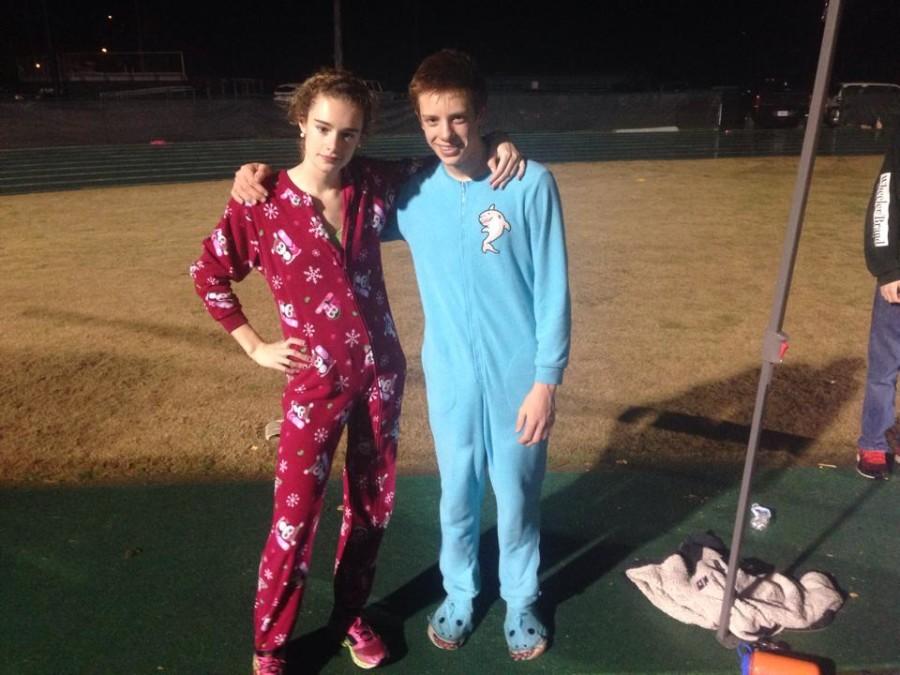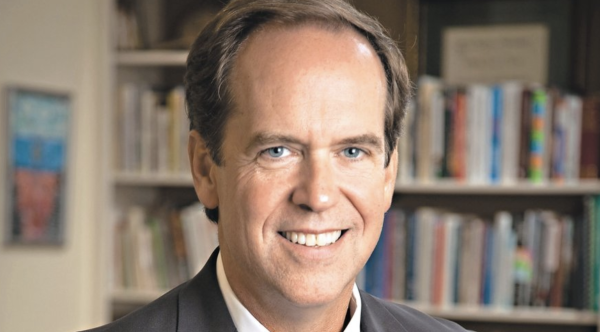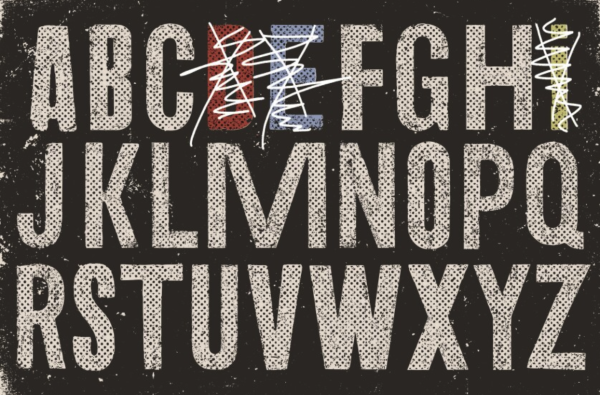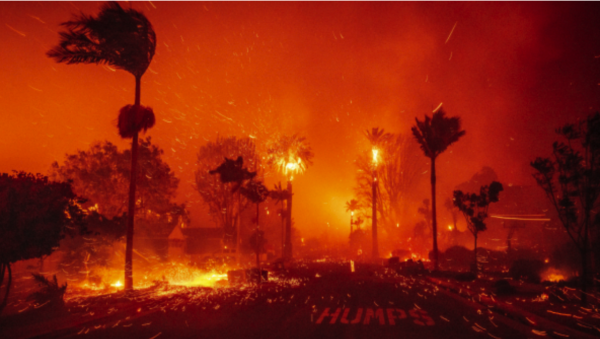Students, teachers, alumni prepare for 24-Hour Relay
As the holiday season commences, students look forward to not just the end of exams and start of winter break, but also Westminster’s long-standing tradition of the 24-Hour Relay. The relay has taken place annually the weekend after school lets out for the winter break. This year it is scheduled to run from 6 a.m. Dec. 20 to 6 a.m. Dec. 21.
“[The 24-Hour Relay] has been going on for decades,” said Joe Tribble, the head of the relay. “I know Kosh started it before my time at Westminster back in either the late 70’s or early 80’s.”
The founder of the event, Paul Koshewa is a retired Westminster teacher and coach. Koshewa, known to most as “Kosh,” created the event in order to raise money and awareness for cystic fibrosis (CF).
“I believe someone in his family had the disease,” said Tribble, “and [the fact that he chose to create this event] made it all the more personal.”
Every year, the designated focus of the relay has been raising funds for the support of those affected by cystic fibrosis.
“In learning more about the background behind the relay, I’ve realized how important the fundraising component of the relay is,” said the co-organizer of the event, junior Charlotte Folinus. “Coach Kosh started this a very long time ago to raise money for Cystic fibrosis research, so it means a lot to me to be part of the tradition that he started.”
Folinus has participated in the relay for the past two years, and this year she intends to be on a team as well. Teams are composed of ten members each and can be co-ed or single gender.
“You used to have girls get together on one team and boys get together on another,” said Tribble. “There was a far greater sense of competition a few decades ago as you had different teams trying to run a larger number of miles.”
In the beginning years, the relay was organized by having each team sponsored by their friends and families. Runners would pledge to run a certain number of miles. Each mile was worth a specific amount, and the total dollar value raised by the end of the relay was donated to fund cystic fibrosis research. The relay has changed now so that each participant on every team must pay a fee that is immediately donated to the same cause.
“We used to hand out T-shirts to the team that ran the most miles,” said Tribble, “but the focus now is more on a personal level. People want to see if they can try to do the whole relay.”
Especially in mid-December, the relay is challenging due to possible weather extremities.
“Being out on the track at 3 a.m. in the cold can be really rough,” said Folinus, “but knowing that you’re raising money for such great cause makes it totally worth it.”
Despite the varying weather conditions, students and even some faculty continually sign up to participate, eager to relax and start winter break.
“I remember having it right after exams last year,” said senior Jorie Moran. “It was so much fun because it was such a great stress reliever, and I know it’ll be even more exciting this year because I know what to expect.”
A new change has also been added to the relay this year: alumni teams are now being offered. The idea behind incorporating alumni into the relay was to include them in more school events, increase funding for cystic fibrosis research, and to simply support the students. Every year several alumni return to watch the relay unfold, many who were members of cross-country, track, or both.
“While Kosh started the relay to fundraise for CF, he also wanted it to be an important piece of training for his runners,” said Folinus. “Because it’s between cross-country and track, it [is] a good way to keep runners motivated and training throughout the winter.”
Non-runner athletes and even non-athletes are strongly encouraged to sign up as well.
“Even if you aren’t a runner at all,” said Tribble, “it’s really just about getting a team together, getting out there, and having fun.”
During the long day, students find other activities to fill their time while they’re not running.
“Matthew Ramsey and I decided to have an intense pirate duel with accents and costumes and everything at two in the morning just so we could manage to stay awake,” said senior Levi Laseter.
During the relay, students are expected to bring their own supplies for camping out and staying warm. However, they are provided with a large assortment of food and drinks from various businesses that sponsor the event.
“We’ve now been able to get places like Willy’s and Caribou to bring in food and donate,” said Tribble. “It’s great and shows that they really want to help.”
Besides all the running and food, students admit that their favorite thing about the relay is getting to spend time with each other.
“We had a dance party of about 100 people at 2 a.m. in the middle of the football field,” said senior Caroline Heller. “How many people in the high school can say that they’ve done that?”
Tribble too understands the aspect of the relay that makes it so worthwhile.
“I remember getting to talk with Kosh in the wee hours of the night about things we never got to talk about during the track season because they were so in depth,” he said. “He told me stories from the different wars he had fought in, and that was absolutely irreplaceable. At 30 degrees and three in the morning, you’ll share things you’ve shared before.”
All students and faculty agree that the relay has a unique worth because they cannot experience anything like it anywhere else.
“Getting to spend 24 hours straight with your best friends?” said senior Robin Seeds. “That’s priceless.”





